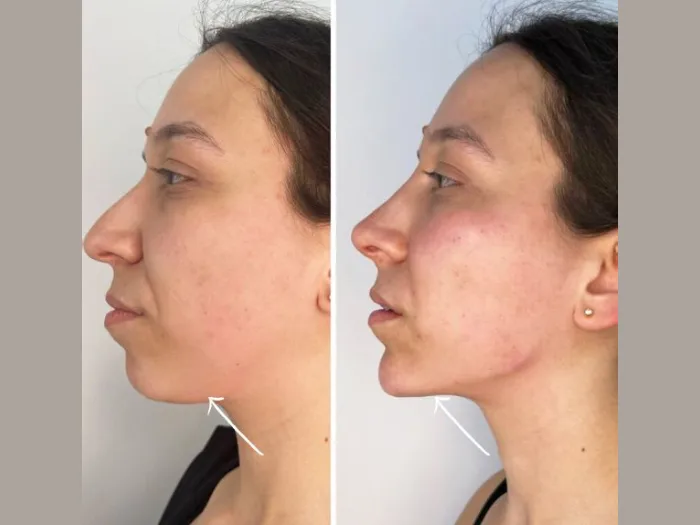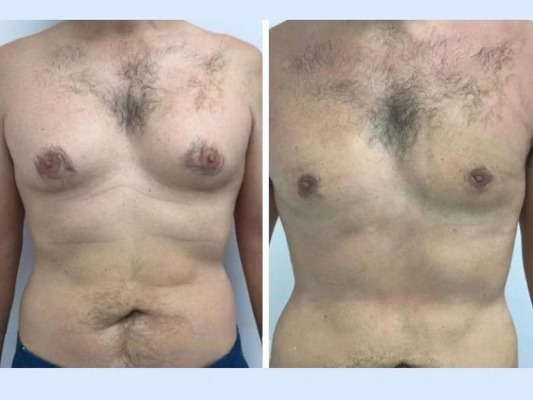Invisalign has become one of the most popular choices for straightening teeth, thanks to its clear, nearly invisible aligners and its convenience compared to traditional braces. For residents of The Colony considering Invisalign, one of the most frequently asked questions is: “Is Invisalign painful?” The short answer is that while Invisalign is generally more comfortable than metal braces, some discomfort is normal — especially at the beginning of treatment or when switching to a new set of aligners.
Let’s explore what patients in The Colony should realistically expect regarding Invisalign discomfort, why it happens, and how to manage it effectively.
Is Invisalign Painful? Understanding the Truth
It’s important to know that Invisalign is not typically “painful” in the way we think of severe pain. Instead, most patients report mild soreness, pressure, or tenderness, especially during the first few days of wearing a new aligner tray. This feeling is actually a positive sign: it means your teeth are moving and the treatment is working.
Traditional braces often involve sharper, more persistent pain due to the metal wires and brackets pressing against the gums and cheeks. Invisalign, with its smooth plastic design, avoids most of those issues.
When Can You Expect Discomfort?
1. When Starting Invisalign
Most patients experience the greatest amount of discomfort when they first start wearing their Invisalign aligners. Your teeth are not used to the pressure, so some soreness and tightness are common for the first few days. This initial discomfort usually fades within a week as your mouth adjusts.
2. Switching to New Aligners
Invisalign treatment involves switching to a new set of trays approximately every one to two weeks. Each new aligner applies slightly different pressure to encourage further tooth movement. As a result, you may feel a few days of mild discomfort each time you switch trays. This is a normal part of the process.
3. Pressure on Certain Teeth
You might notice that some teeth feel more sore than others. This is because Invisalign often focuses pressure on specific teeth at different stages of treatment. Your dentist or orthodontist plans this movement carefully to ensure your teeth shift safely and effectively.
What Does Invisalign Discomfort Feel Like?
Patients typically describe Invisalign discomfort as:
-
A feeling of pressure or tightness
-
Soreness in the teeth and gums
-
Tender spots when biting or chewing
-
Occasionally, minor irritation of the tongue or cheeks from the edge of the aligners (though this is rare)
This discomfort is usually much milder than what people experience with traditional metal braces.
How Long Does the Discomfort Last?
The good news for The Colony patients is that any discomfort is temporary. Most people only feel soreness for the first two to three days after putting in a new aligner. By the fourth or fifth day, your teeth have typically adapted, and the pressure sensation diminishes significantly.
Over time, as you get used to wearing Invisalign, you may find that each tray change causes less soreness than the one before.
Tips to Manage Invisalign Discomfort
While the soreness from Invisalign is typically manageable, here are some helpful tips to reduce discomfort:
1. Use Over-the-Counter Pain Relievers
Mild painkillers like ibuprofen or acetaminophen can help ease the initial soreness, especially when starting a new aligner.
2. Switch to New Trays at Night
Starting new aligners before bed allows you to sleep through the initial hours of discomfort. By the time you wake up, the worst of the soreness may have passed.
3. Cold Compress or Cold Water
Sipping cold water or applying a cold compress to your jaw can help numb any soreness and reduce inflammation.
4. Stick to Soft Foods
For the first few days with a new aligner, choose soft foods that don’t require much chewing. This can make eating more comfortable.
5. Wear Your Aligners Consistently
The more consistently you wear your Invisalign trays (at least 20-22 hours per day), the faster your teeth will adjust, and the less discomfort you’ll experience overall.
6. Use Orthodontic Wax if Needed
If you ever experience irritation from the aligner edges, a small amount of orthodontic wax can create a buffer between the aligner and the soft tissues in your mouth.
When Should You Contact Your Dentist?
While mild soreness is completely normal, you should contact your dentist if:
-
You experience sharp, severe pain that doesn’t improve
-
Your aligners are causing noticeable cuts or ulcers in your mouth
-
The aligners feel like they don’t fit properly
Your dental provider in The Colony can make adjustments or offer additional solutions to ensure your treatment remains comfortable.
Conclusion: Is Invisalign the Right Choice for You?
For most patients in The Colony, Invisalign is a comfortable, discreet, and effective solution for straightening teeth. The temporary soreness you may experience is generally minor and a small price to pay for achieving a beautiful smile. Compared to traditional braces, Invisalign offers significantly less discomfort, fewer food restrictions, and a more flexible lifestyle.
If you’re considering Invisalign and have concerns about pain or the treatment process, don’t hesitate to schedule a consultation with a trusted dental provider. They can answer your questions, explain the process in detail, and help you determine whether Invisalign is the right fit for your needs.



